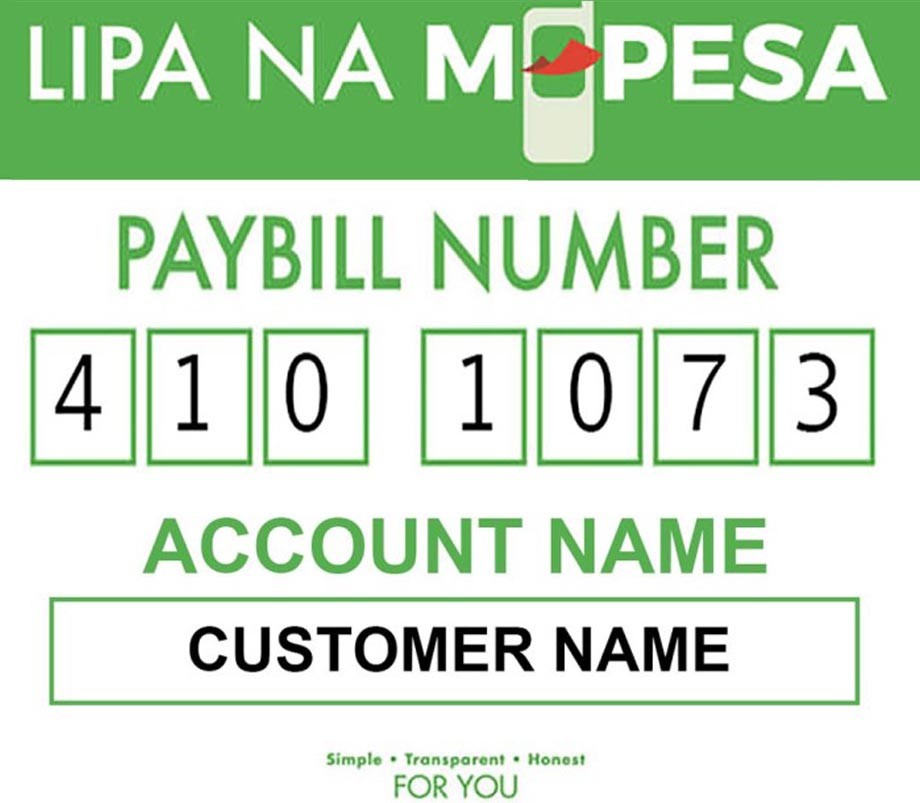
Data cabinet
How to
Choose the Right Data Cabinet for Your Business:
To choose
the right data cabinet for your business, consider factors such as size and
capacity, ventilation, security features, cable management, rack mount
compatibility, accessibility, mobility, material/build quality, budget, and
brand reputation. Ensure the cabinet accommodates your current and future
equipment, provides proper ventilation, has secure locking mechanisms, supports
cable organization, and is easily accessible for maintenance. Consider mobility
if needed, evaluate the material's durability, set a budget, and check reviews
to ensure the reliability of the chosen cabinet.
The Importance of Data Security and How Data Cabinets Can Help
Data
security is paramount for businesses to safeguard sensitive information. Data
cabinets play a vital role in enhancing data security by providing physical
protection, access control, organization, and measures to mitigate
environmental threats. They contribute to preventing unauthorized access,
ensuring organized cabling, maintaining optimal equipment temperatures, and
complying with industry regulations. The use of secure cabinets with advanced
features helps businesses protect against unauthorized access, physical damage,
and potential data breaches. The Importance of Data Security and How Data
Cabinets Can Help:
The
Evolution of Data Cabinets:
The
evolution of data cabinets has been marked by advancements in design,
technology, and security features to meet the changing needs of IT
infrastructure. Initially simple enclosures, modern data cabinets now integrate
advanced features such as biometric locks, electronic access controls, and
enhanced ventilation to bolster physical security. They have evolved to
accommodate a variety of equipment sizes, offer efficient cable management solutions,
and provide options for mobility. Additionally, the integration of fire
suppression systems and compliance with environmental standards reflects a
growing emphasis on protecting data from various threats. As technology
advances, data cabinets continue to adapt, ensuring the secure and efficient
management of critical IT infrastructure.
Maximizing
Space and Efficiency with Data Cabinets:
To maximize
space and efficiency with data cabinets, businesses should focus on optimizing
rack density and vertical space, implementing effective cable management,
choosing modular and adjustable designs, and organizing cabinets in a hot
aisle/cold aisle configuration for improved cooling. Efficient ventilation and
cooling solutions, consolidation through virtualization, and strategic
equipment arrangement contribute to space optimization. Utilizing remote
monitoring tools, prioritizing energy efficiency, and conducting regular audits
for equipment optimization are essential practices. These strategies
collectively enhance the organization, performance, and sustainability of IT
infrastructure.
The Future of Data Cabinets:
The future of data cabinets will be shaped by several key trends and
predictions. These include the integration of artificial intelligence (AI) for
intelligent monitoring and optimization, increased automation for efficient
resource allocation, enhanced security features with biometrics and cybersecurity
integration, and the adaptation to edge computing requirements. The focus on
modular and scalable designs, sustainability and green initiatives, integration
with 5G infrastructure, and the potential emergence of Data Cabinets as a
Service are also anticipated. Innovations in cooling solutions, including
liquid cooling, and the possibility of data cabinets designed for space
environments further highlight the evolving landscape of data cabinet
technology. These trends collectively aim to create more intelligent, secure,
and adaptable data cabinets to meet the evolving demands of IT infrastructure.
Conclusion
In
conclusion, selecting the right data cabinet for your business is a critical
decision that involves considering a range of factors such as size,
ventilation, security, and budget. Data cabinets play a pivotal role not only
in organizing and protecting IT equipment but also in enhancing data security
by providing physical protection, access control, and compliance with industry
standards. The evolution of data cabinets reflects advancements in design and
technology, adapting to the changing needs of IT infrastructure. Strategies for
maximizing space and efficiency, as well as a glimpse into the future trends of
data cabinets, highlight the ongoing efforts to create more intelligent,
secure, and adaptable solutions. As businesses continue to evolve, the careful
selection and utilization of data cabinets will remain integral to the overall
effectiveness and sustainability of IT operations.
5689
0
747
172

